The chase for AURORA Borelias
9. 2. 2023
Zuzana Hrubošová works as a researcher at CXI in the Advanced Materials Department. She originally studied Textile Engineering and Design at the Faculty of Textiles, but her research led her to materials innovation. She has worked on creating protective drapes with hydrophobic treatment for the Czech Expo team in Dubai, worked on innovating sandstone for sculpture and construction, and designing glass acoustic wall patterns from recycled crystal glass and giving them a new life.
In addition to technical applications, she prepares the design of individual products. She has prepared unique patterns in her "Aurora Borelias" designs for sound absorbing glass panels. She successfully presented them to the public at Glasstec 2022 in Düsseldorf.
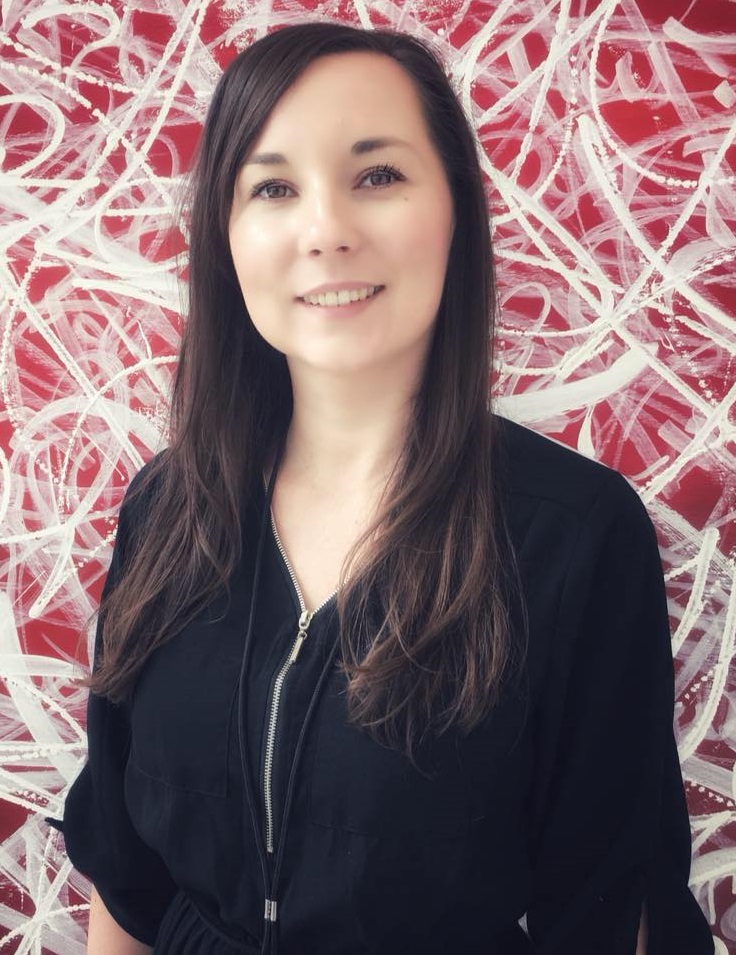
What kind of research do you do?
In research at CXI's Advanced Materials Department, I am involved in innovation in the field of advanced materials. These are modifications of existing materials or surface treatments that are currently in high demand. These are mainly hydrophobic/hydrophilic or anti-microbial/non-staining finishes that are easy to maintain and clean, or are photocatalytically active and destroy contaminants directly on the product surface.
What specifically have you been working on?
For example, I was involved in the creation of the Anti Covid Innovation Voucher, where it was necessary to develop a surface treatment on which bacteria and viruses don't stand a chance. These were handles and knobs made of plastic and metal that needed to be treated.
Another interesting innovation was the treatment of sandstone, which is used in sculpture and also for facades. We developed a polish to harden the surface and to reduce the trapping of natural dirt and moss growth. It was very interesting to observe the properties of the cut sandstone quarried in 2 different areas. Nature always tries to extract as much as possible and therefore the quality varies. The surface treatment of the sandstone has made it stronger and easier to maintain, which has significantly extended the life cycle of the facades and products made of this material.
As my roots are in textile engineering and design, another interesting collaboration was with EXPO Dubai, where I created a hydrophobic finish for the textiles used to create drapes for the CZ Expo team. Among other things, the material was also part of the CZ pavilion exposition. I processed it into an artistic image where several types of functional materials were incorporated.
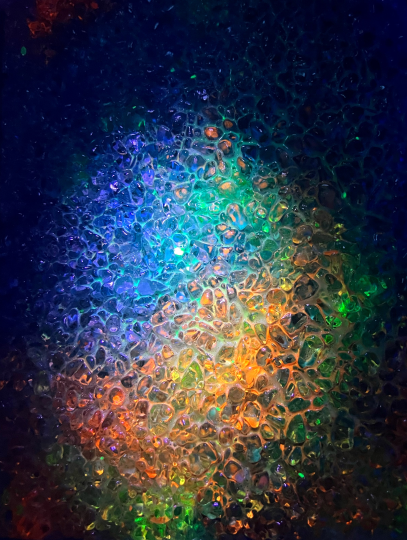
What does your job look like in practice?
My work looks very complex, from the design to the final product. Mostly I work on projects or innovations that are required by companies and the results are then applied to a specific situation or production.
Occasionally there is also room for design work and then I can also apply my aesthetic sense. I have also studied design, so it is a priority for me to translate an idea into a real product.
The workflow involves working in the lab and the experimental part, followed by the evaluation of the results, or the product design. So I work with materials, chemicals, nanoparticles, microscopes and graphics programs.
How's the "AURORA Borelias chase" going for you?
"Aurora Borelias" has been my inspiration for the last 3 years because I am part of a project focused on optimizing a special acoustic material made of recycled glass called GLASIO, which brought together researchers from the Department of Glass Machinery and Robotics and Aveton, a company at the cutting edge of acoustics.
I was very intrigued by this project because it breathed life into waste glass, which is transformed into a functional porous panel that can absorb sound waves to create acoustic comfort in a space.
GLASIO (1G) acoustic panels are formed by fusing glass shards of varying fractions, and the project has produced the innovative GLASIO (2G) panels with new optical and utilitarian properties. The optical fluorescence effect of the GLASIO 2G panel was achieved by implants of uranium shards into the glass matrix during production or by applying temperature-light reactive pigments to the finished panel.
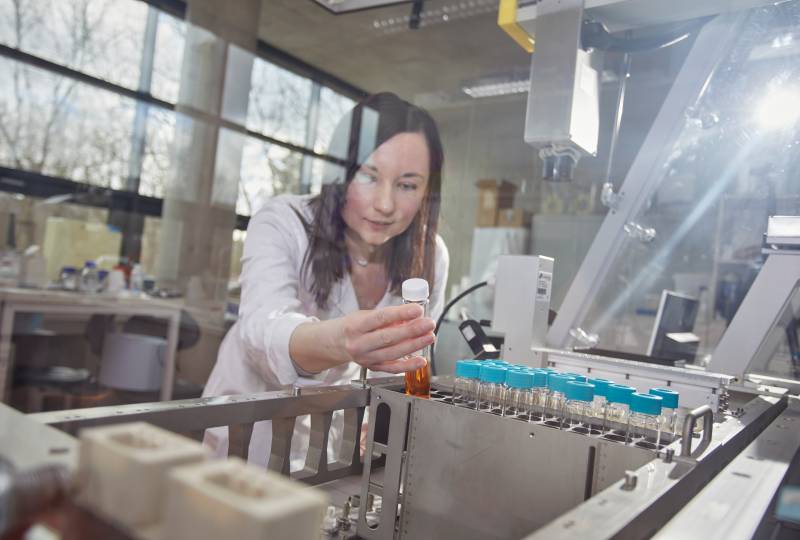
How is glass recycling "done"?
It is upcycling, which is less energy-intensive compared to re-melting from glass shards. It is an efficient way of using glass shards (upcycling). We use uranium glass precisely for its fluorescent effect with UV radiation.
I have designed a surface treatment on the GLASIO 2G acoustic panel for better maintenance and cleaning, as the surface of this panel is very rugged and requires more difficult cleaning. I had the opportunity to participate in the development of a surface composition with an antimicrobial effect, anti-capturing mechanical and biological dirt as well as the possibility of a photocatalytic effect.
Finally, I created design patterns that can be created from acoustic panels and tiles to make them attractive to the end customer.
It was a great collaboration with AVETON in the project "Optimization of the properties of acoustic panels of recycled GLASIO crystal glass functionalized with nanofiber additives."
It's always about people and communication, and in this case it was an excellent collaboration. Thanks to AVETON and the Department of Glass Machinery and Robotics of the Faculty of Mechanical Engineering, the results were also presented at the Glasstec trade fair in Düsseldorf at the MIT stand of TUL, where the acoustic panels attracted the attention of many companies. I am glad that I could be part of the project and a great team. Each of us left a piece of ourselves in the final product and that's the best part.
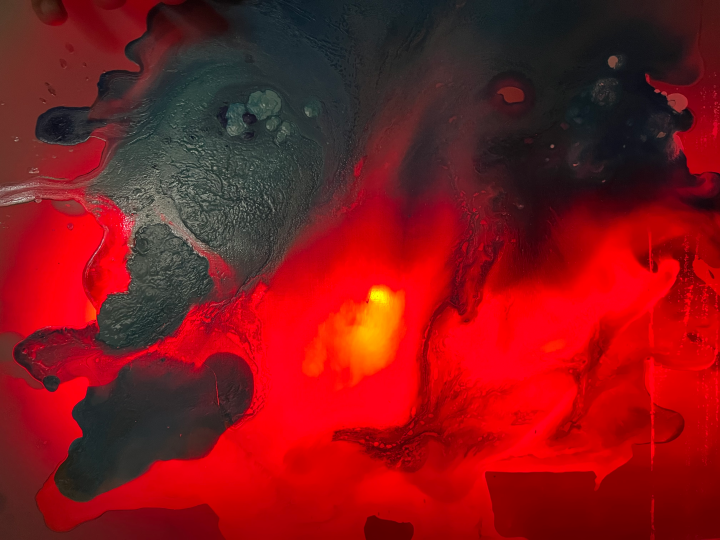
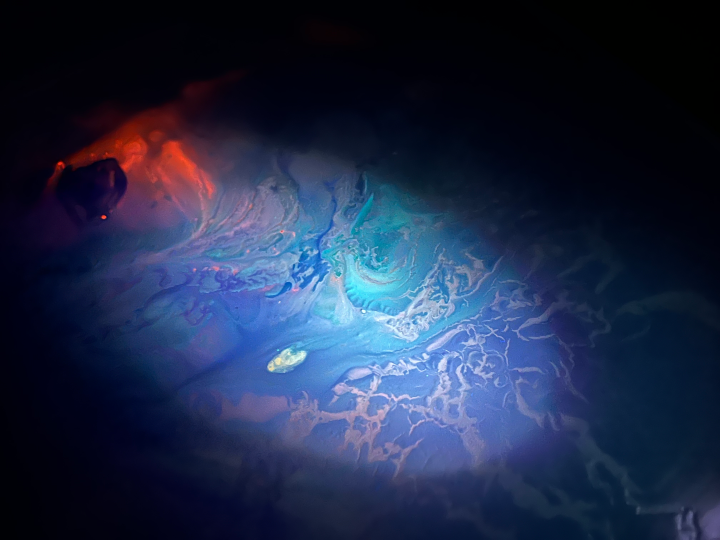
How did you get into the research career? What was the initiating moment?
It was a complicated process, I studied design and then textile engineering, and I'm continuing my Ph.D. in NANO.
As I am interested in smart materials, which I also use in my designs, I have been involved in research projects where I have learned many new things. Subsequently, I started to connect one with the other and I got a great chance to work at the Advanced Materials Department at the Institute for Nanomaterials, Advanced Technologies and Innovation- CXI, where I can realize myself in a certain way and also be part of big and interesting, international projects.
What does a researcher need to be successful?
I think a researcher must first of all have the desire, ideas and time to explore the unknown. Next, patience because behind one innovation there are tens or hundreds of experiments, a little bit of luck and a great willingness to push your personal boundaries. Also a good team and background, which has a big impact on the results.
Success is something different for everyone, which is why it's hard to define a successful person. I think what's important is some kind of balance between the different aspects of life. I am personally a very curious and creative person, so I consider it a success when I can learn something from my more experienced colleagues, add a piece of myself to it and implement the knowledge into my ideas and then make it happen, and on top of that it is beneficial for the company.
What challenges do you overcome in your work?
Every day is one big challenge. At the department we react to various stimuli from industry, but we also tackle projects with partner institutions or universities.
The biggest challenges relate to overcoming personal boundaries, learning in new areas and interdisciplinary cooperation.
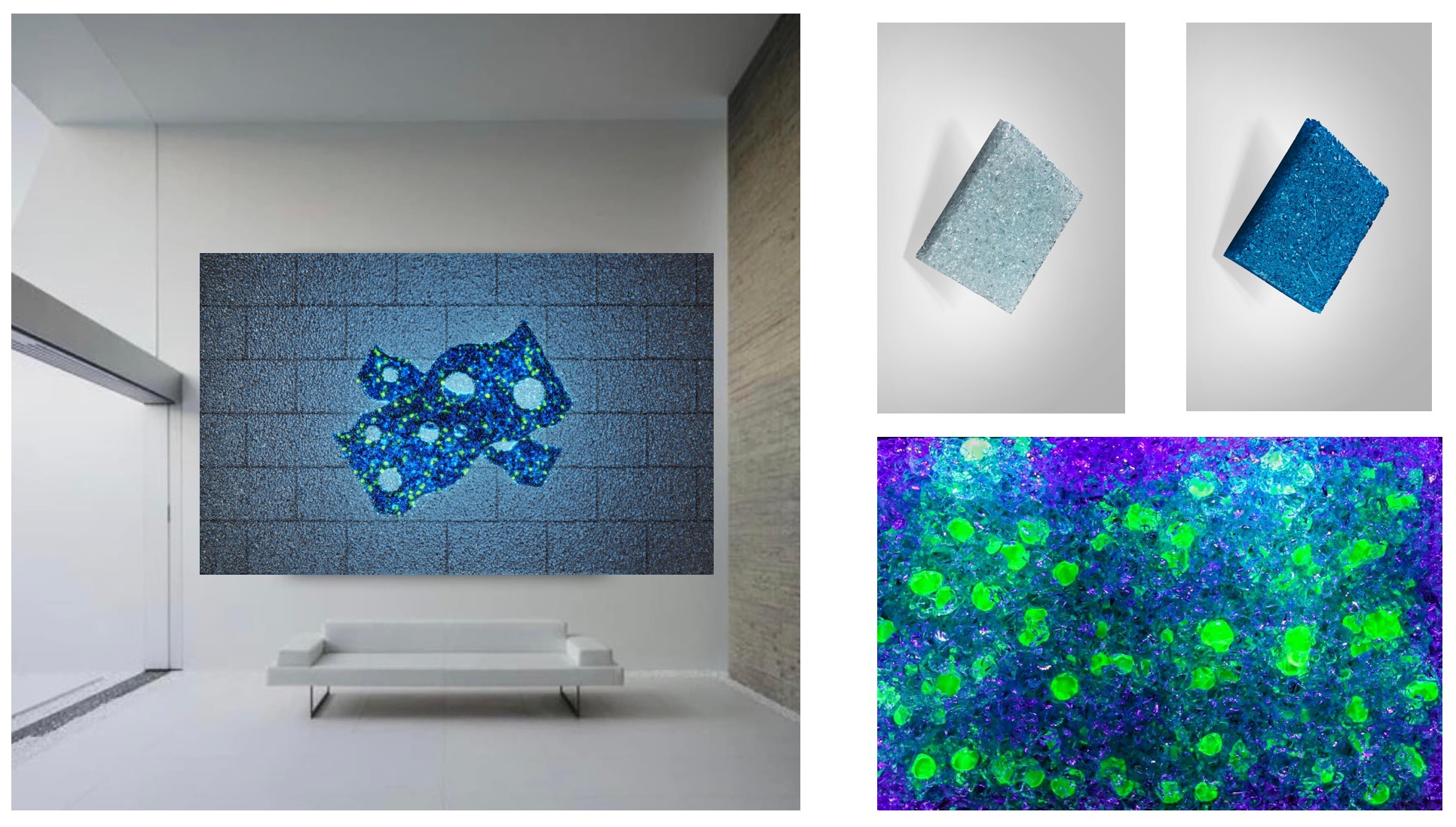
What inspires you in your work?
Contact with new materials inspires me tremendously. I try to look for their application, form and use. I enjoy playing with light and colour and here I was able to realise some of my ideas for patterns, colour combinations and my "hunt for Aurora" began. The dancing light in the sky that appears for a moment became my inspiration. It's something like a small miracle where one becomes aware of the uniqueness of the present moment that empowers us. So, specifically in the mentioned project, a limited collection of panels with colourful effects was created. For example, I used photoluminescent or UV pigments that appear and disappear, change colour and shades when layered correctly, play with colours and cast shadows in the space, just like Aurora.




.png)
.jpeg)
.png)
.jpeg)
.png)
.jpeg)
.png)


.png)